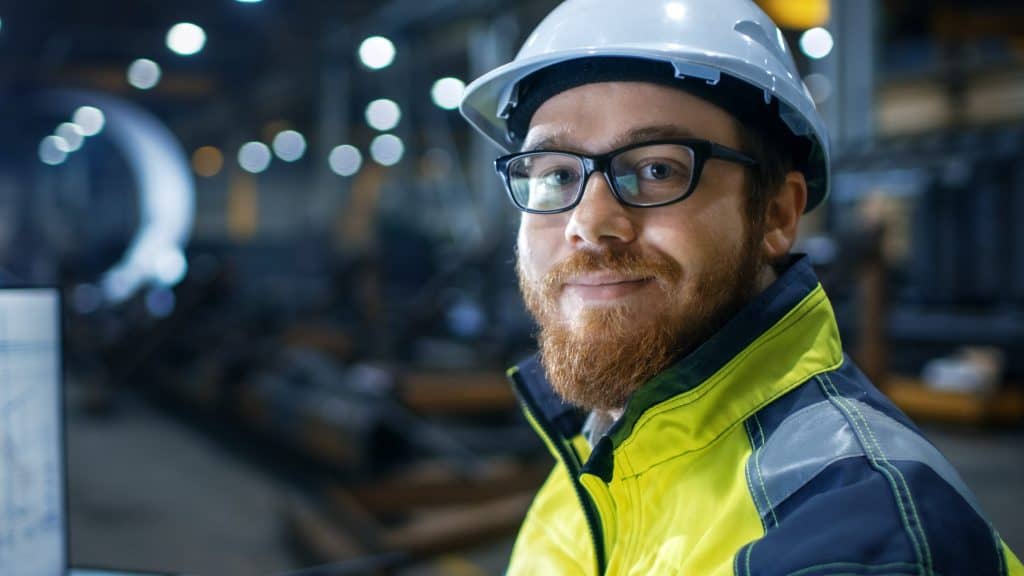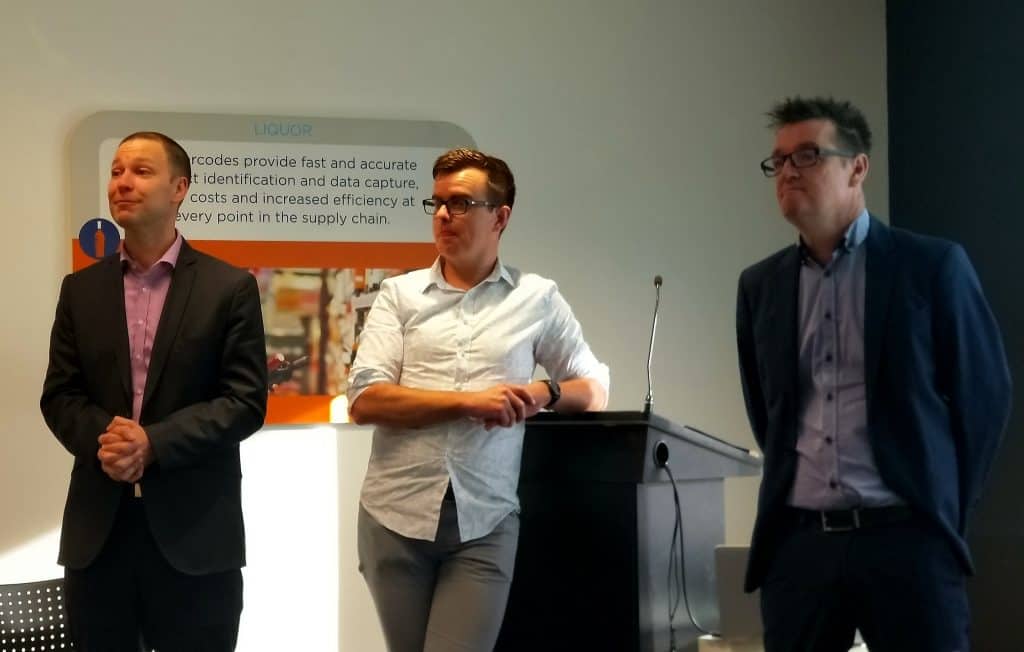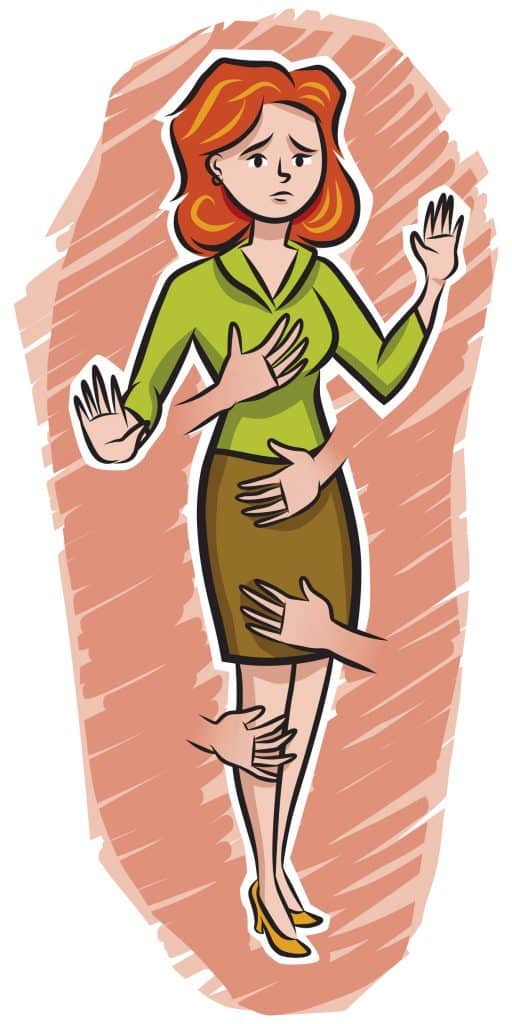Further to the recent article on the Victorian Government’s Budget Papers, farm safety programs received the funding to support the pledges made by the Australian Labor Party in last year’s Victorian election campaign. As with many occupational health and safety (OHS) announcements, details are hard to obtain but the Victorian Farmers Federation (VFF) has helped.
The Victorian Budget papers pledged funds to
- employ two additional Farm Safety Officers.
- increase health checks for farmers.
- deliver a new campaign to raise greater workplace safety awareness.




 Occupational health and safety (OHS) and Human Resources (HR) disciplines continue to, mostly, operate in isolation and, sometimes, in conflict. Part of the reason is that workplace matters are often seen as either OHS or HR, even though they are both.
Occupational health and safety (OHS) and Human Resources (HR) disciplines continue to, mostly, operate in isolation and, sometimes, in conflict. Part of the reason is that workplace matters are often seen as either OHS or HR, even though they are both.